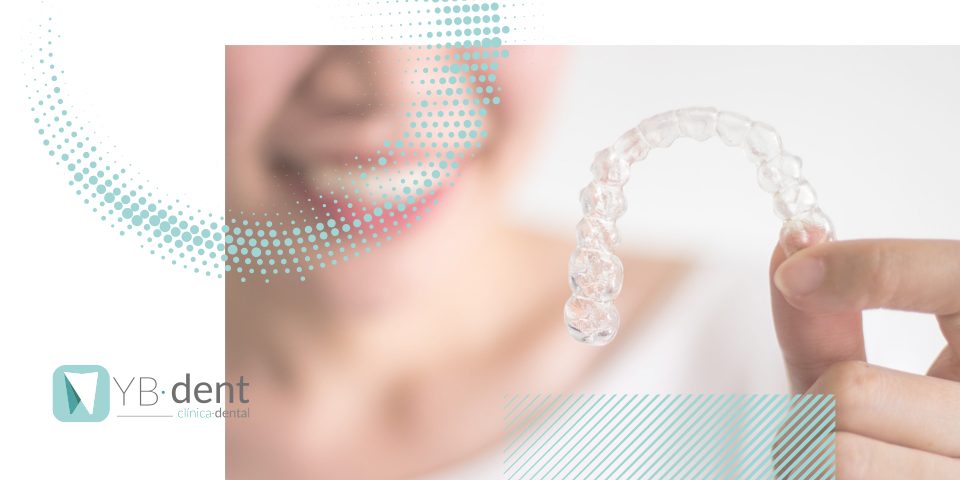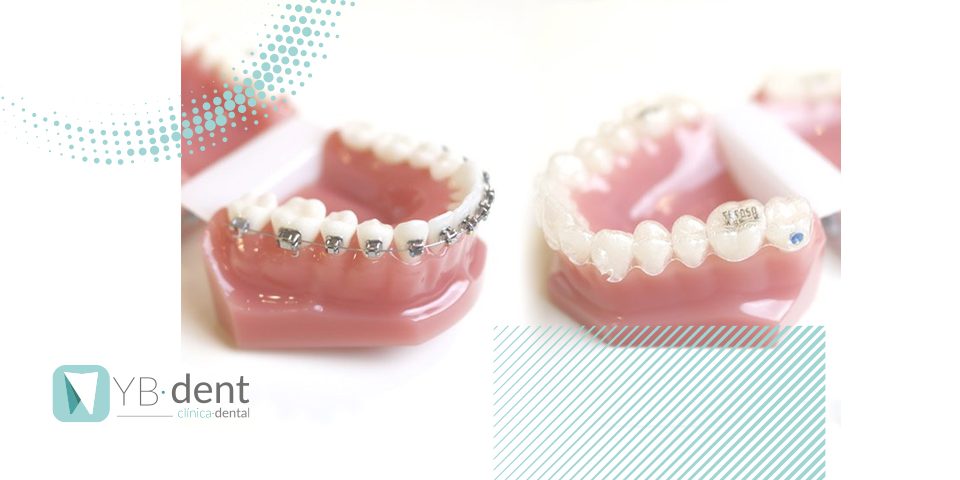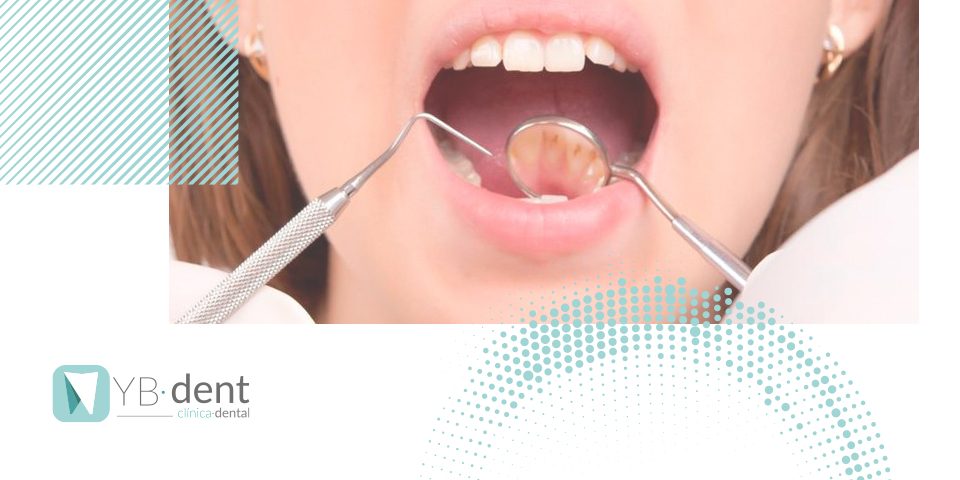Cómo evitar la sensibilidad dental

Si alguna vez has sentido molestias en los dientes al tomar alguna bebida fría, disfrutar de café bien caliente o de sentir molestias al cepillar los dientes es por una misma razón, se debe a la sensibilidad dental.
La sensibilidad dental es una de las causas más frecuentes que sufren los pacientes en dolores dentales, se estima que una de cada cuatro personas han padecido alguna vez de dientes sensibles. La sensibilidad dental produce un dolor agudo y transitorio que se debe por la exposición de los túbulos dentinarios a agentes externos como el frío, calor, dulces o por la presión.
Este dolor suele desaparecer cuando el diente deja de tener contacto con el estímulo que ha provocado el dolor. Aunque de primeras puede ser que no vaya a mayor gravedad, cabe la posibilidad de que pueda ser un riesgo para la salud bucodental.
Para tratar y prevenir la sensibilidad dental es importante eliminar los síntomas y prevenir las causas. En cuanto a los síntomas, el principal es el dolor dental y las causas que puede originar es el desgaste del esmalte o la recesión de las encías, que pueden exponer los túbulos dentinarios dejando que la dentina pueda quedar al descubierto sin su protección natural.
El problema surge cuando esa dentina que está descubierta entra en contacto con estímulos externos que llegan a las terminaciones nerviosas y dan origen a ese dolor dental tan molesto en los pacientes.
Desde YBdent te aconsejamos como puedes reducir y prevenir las molestias derivadas de la sensibilidad dental para obtener soluciones específicas y adaptadas a las necesidades de cada paciente.
¿Qué podemos hacer para combatir la sensibilidad dental?
- Es esencial llevar a cabo un cepillado de dientes con un cepillo de filamentos suaves con extremos redondeados y con una superficie lisa, con ello prevendremos la abrasión del esmalte y la retracción de encías.
- La utilización de gel o pasta de dientes poco abrasiva ayudará a prevenir la sensibilidad dental, así como el uso de seda dental para los espacios más cerrados, limpiador lingual o tener costumbre de cambiar el cepillo cada tres meses.
- Evitar el abuso de alimentos ácidos ayudará a que el esmalte del diente no se desgaste, así como zumos de frutas, vino, aliños de ensaladas con vinagre t refrescos.
- Evitar los cambios bruscos de temperatura en comidas y bebidas
- No introducir en la boca objetos extraños como lápices, bolígrafos,…estos pueden provocar desgaste en los dientes.
- Utilizar dentífricos y enjuagues bucales que están diseñados para ayudar en la reducción de la sensibilidad dental. Además, ayudan a reforzar el esmalte.
- Para la reducción de la sensibilidad dental temporalmente, es recomendable aplicar un barniz de flúor que protege la dentadura.
- Cuando la sensibilidad dental se debe al bruxismo, el tratamiento más efectivo es la utilización de una férula nocturna que protege los dientes del contacto.

¿Cuál es el origen de la sensibilidad dental?
Principalmente, padecemos de sensibilidad dental porque la dentina, que está protegida por la encía, el cemento radicular y el esmalte del diente, pierde dicha protección natural y queda expuesta a diferentes estímulos externos.
Miles de tubos microscópicos forman la dentina, estos se denominan túbulos dentinarios y su función es la de conectar la parte externa de los dientes con las terminaciones nerviosas de estos.
De esta forma, cuando la dentina queda descubierta, los túbulos permiten que el calor, el frío o los ácidos de los elementos externos se reflejen en los nervios y células del diente, lo que ocasiona los síntomas mencionados anteriormente.
Si padeces o sufres de sensibilidad en los dientes no dudes en visitar nuestra clínica, desde YBdent te ayudaremos a calmarla para que no experimentes ese dolor tan desagradable.



